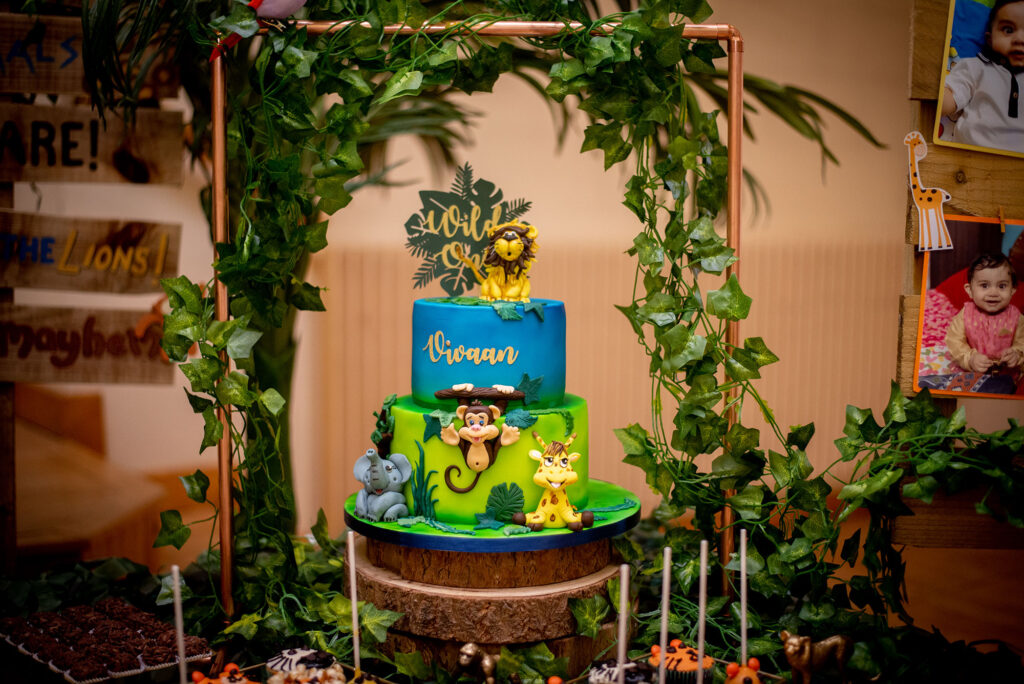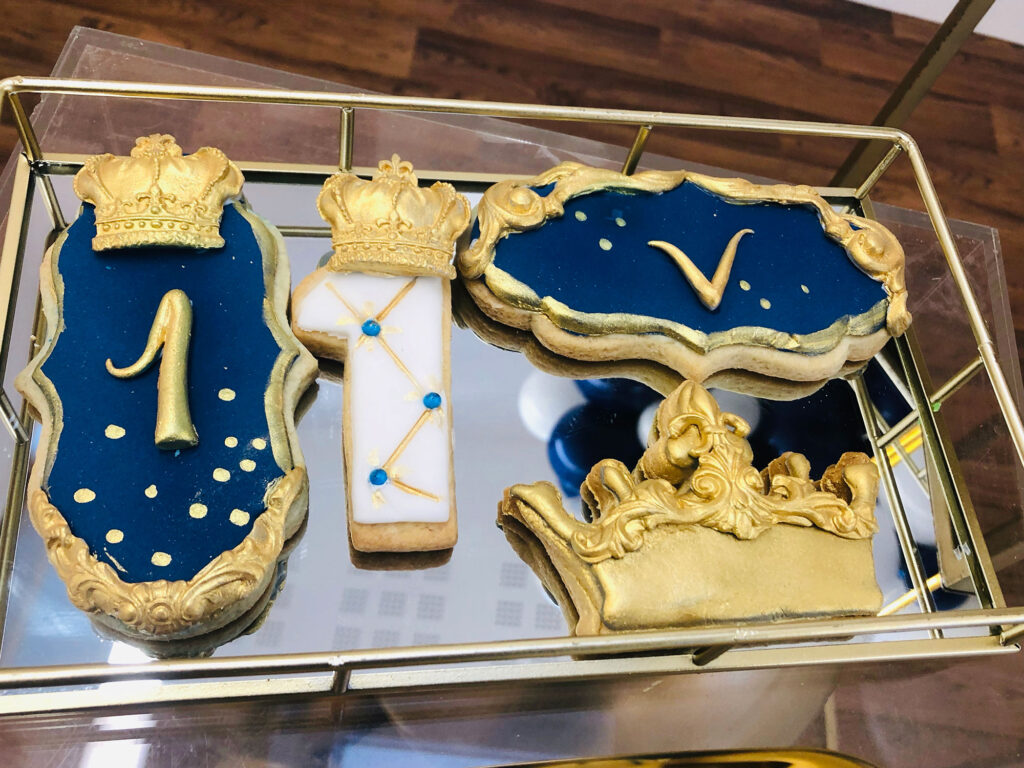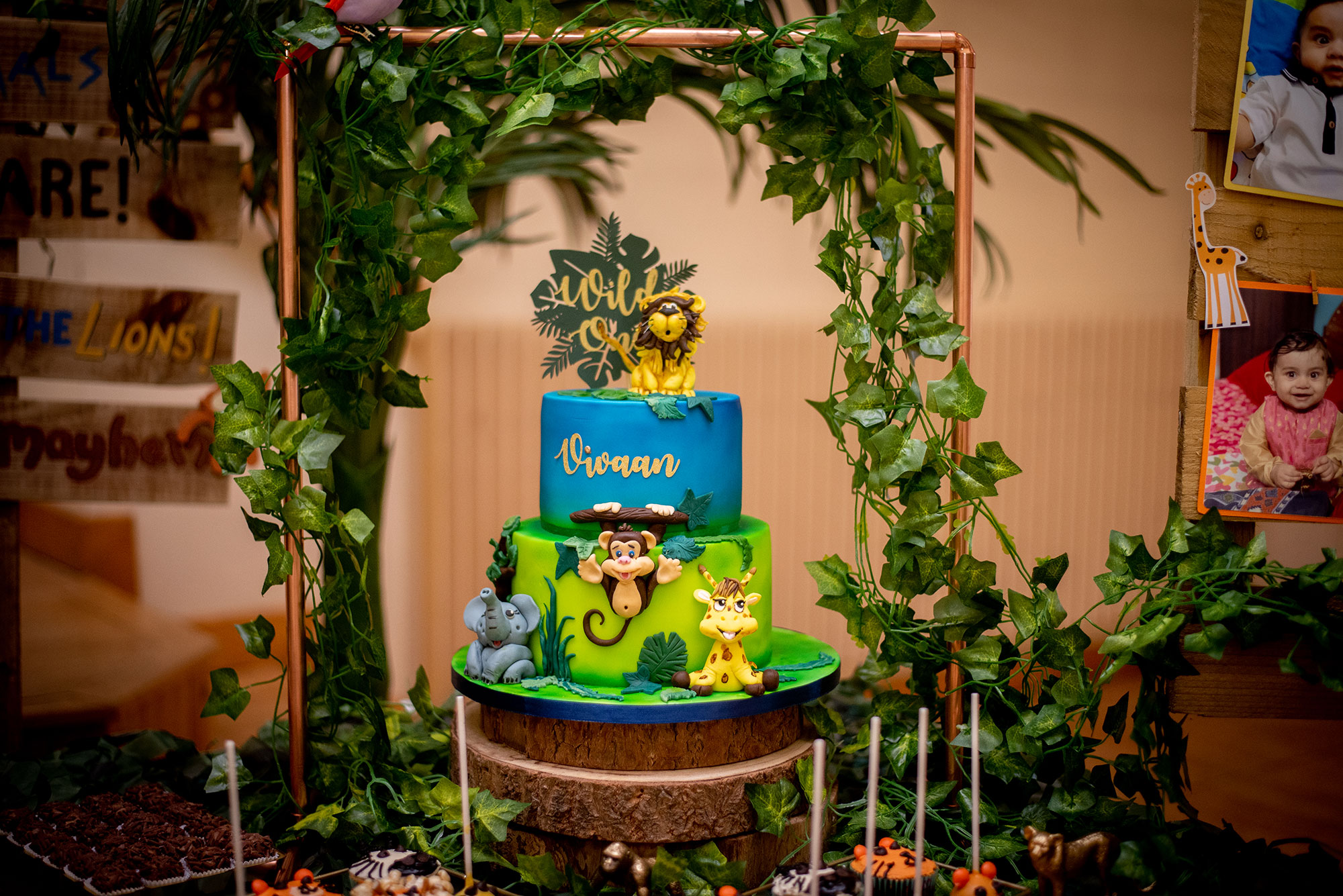Birthdays are celebrated in diverse ways around the world, but one common thread binds these celebrations together – the iconic birthday cake. A symbol of joy, indulgence, and festivity, the birthday cake has become an integral part of birthday traditions. Have you ever wondered about the origins of this delectable custom? Join us as we embark on a delightful journey to unravel the sweet history of birthday cakes.
Ancient Beginnings
The concept of celebrating birthdays dates back to ancient civilisations, where people believed that evil spirits were particularly attracted to individuals on their birthdays. To ward off these malevolent forces, friends and family would gather around the birthday person, bringing good wishes and well-intentioned gifts. However, the notion of a birthday cake was not present in these early celebrations.

Greek Influence
The ancient Greeks are credited with the custom of incorporating cakes into birthday celebrations. They would bake round-shaped honey cakes to honour Artemis, the moon goddess, as the round shape symbolized the moon. The Greeks also added candles to the cake, representing the glow of the moon and the stars. This ritual was thought to bring protection and good fortune to the birthday celebrant.
Roman Traditions
The Romans carried forward the birthday cake tradition, but with a slight twist. Instead of honey cakes, they opted for a type of flat, thin cake made from flour, nuts, yeast, and sweetening. These early birthday cakes were often adorned with candles and offered to the gods as a form of tribute. The belief in the magical properties of candles persisted, serving as a means of conveying prayers and wishes to the heavens.

Medieval Europe
During the medieval period in Europe, birthday celebrations became more common among the elite. Cakes were once again associated with religious symbolism, often featuring intricate designs and decorations. It was customary to place symbolic objects like coins or thimbles inside the cake, and the person who found the hidden item was believed to receive good luck.
Industrial Revolution and Modernization
As the Industrial Revolution brought about significant changes in society, the availability of ingredients and baking tools increased. This led to the democratisation of birthday cakes, making them more accessible to people from all walks of life. The cakes became larger, more ornate, and increasingly diverse in flavours and designs.

The Rise of Frosting and Icing
The 19th century witnessed the introduction of frosting and icing, elevating the visual appeal of birthday cakes. Buttercream and fondant became popular choices, allowing for intricate decorations and personalization. This era also saw the emergence of tiered cakes, a trend that has endured and evolved into elaborate multi-tiered masterpieces.
The birthday cake, with its rich history rooted in ancient rituals and cultural evolutions, has transformed into a beloved tradition that transcends borders. From humble honey cakes in ancient Greece to the elaborate fondant creations of today, birthday cakes have come a long way, symbolizing the sweetness of life and the joyous moments we share with our loved ones. So, the next time you blow out the candles on your birthday cake, take a moment to appreciate the centuries of tradition and celebration that have led to this delectable and delightful custom.


